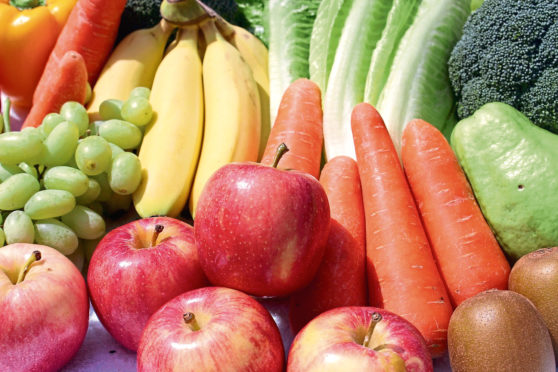A no-deal Brexit may have a far more severe impact on food supplies than coronavirus, according to academics.
Experts from Scotland’s Rural College (SRUC) have warned possible price hikes could make it harder for some people to consume the recommended five portions a day of fruit and vegetables.
They looked at what could happen if the UK fails to secure a Brexit deal before the transition period expires at the end of December.
Cesar Revoredo-Giha and Montserrat Costa-Font, from SRUC’s food marketing research team, said: “Whilst Covid-19 has already had an impact on prices and imports, a no-deal Brexit may have far more severe effects on the food chain.”
They warned “the effect of a no-deal Brexit may disrupt the fruit and vegetable supply in multiple ways”.
The pair spoke out after comparing the price of 20 fruits and vegetables between March and April this year and the same period last year.
During the coronavirus crisis, imports of fruit and vegetables from the EU fell, with the prices of onions up by 26.7% between March and April.
Over the same period, the prices of mushrooms and tomatoes also increased by more than 10%.
They noted the “significant price differences” in a blog post published by the London School of Economics and Political Science.
The pair said the UK is “highly dependent” on imports of both fruit and vegetables, adding: “On vegetables, the UK imports more than half of the tomatoes, onions, cucumbers, mushrooms, peppers and lettuce it consumes.
“Between 75% and 100% of these products were imported from the EU in 2019. This share did not vary much during Covid-19, except in the case of tomatoes and onions, where we do observe a reduction of EU imports during the first quarter of 2020.”
The SRUC experts added such “disruptions” to the supply of fruit and veg could “exert important effects on their price and, potentially, consumption in the UK”.
They said: “This can have important effects on the nutrition of the UK population, particularly for those with limited income, hampering any improvement towards the five-a-day goal.”










